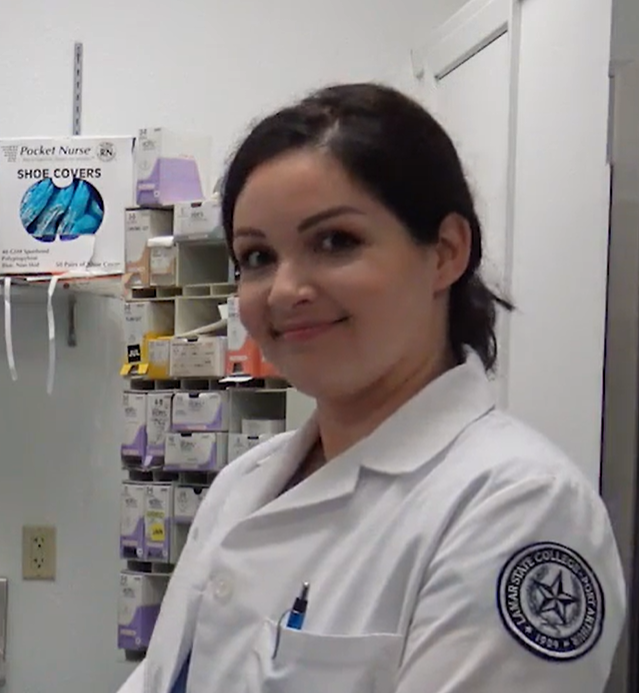Surgical Sutures
Main Text
Surgical sutures play a vital role in wound closure, offering advantages such as reduced wound dehiscence and greater tension resistance. Selecting the appropriate suture depends on tissue type, tension, and infection risk, with consideration of caliber, filament, and needle compatibility. This video-guide details proper handling—from inspecting pre-sterilized peel packs using the “knuckle roll” technique, to mounting the needle on the needle-holder in a precise T-shape, and handing it to the surgeon ready for use. Emphasis on contamination avoidance and effective communication supports proficiency in surgical suture management.
Surgical sutures, an essential component of wound closure, are designed to facilitate the healing process. Most surgical or traumatic wounds require approximation of the wound edges of some kind. Typically, this is more often performed using sutures, rather than staples or surgical adhesives. Suturing provides a number of advantages, including reduced rates of wound dehiscence and higher resistance to tension compared to alternative methods of approximation.
Selecting the appropriate suture is crucial, as various types possess distinct properties that make them ideal for specific clinical situations. The choice largely depends on the tissue characteristics, the level of tension across the wound, and the likelihood of infection. The caliber, filament type (absorbable vs non-absorbable), and tissue- and needle-specific requirements should be considered. The ideal suture, as outlined in scholarly literature, possesses a number of important attributes, including ease of handling, appropriate strength, secure knot formation, tolerance to wound changes, minimal infection risk, visibility, and cost-effectiveness.1,2 Classification factors such as absorbability, material composition (synthetic vs natural), and structure (monofilament or multifilament) play pivotal roles in the decision-making process.2
Prior to use, it is essential to carefully examine surgical sutures that have been pre-sterilized and pre-packaged. The packaging itself serves as a repository of vital information, showcasing gauge, silhouette, and size. Practitioners are advised to examine the suture packaging for holes, tears, labels, and to check the expiration date. The video demonstrates the “knuckle roll” technique for opening the peel pack, which begins by grasping the tips of the peel pack while holding the knuckles side-by-side and is followed by a two-action motion of peeling the non-sterile package and swiftly casting the enclosed sterile kit onto a sterile tray. A crucial emphasis is placed on avoiding contamination during this process. The video also demonstrates the process of mounting the needle-suture on a needle-holder, aligning the two in a distinct T-shape. Care is taken to hand the needle mounted on a needle-holder to the surgeon in a ready-to-use position. When handling a needle holder, it’s common for surgeons to have personal preferences, such as tilting it slightly or being a third of the distance away from the swage, as highlighted in the video’s practical tips. Throughout the process, communication between involved parties is emphasized, such as the recognition of the surgeon's hand signal for requesting a stitch, ensuring effective collaboration during surgical procedures.
Mastering the art of surgical suture handling requires a meticulous approach from inspection to loading, handling, and handing them over to the operating surgeon. This video-guide serves as a valuable resource for healthcare professionals, offering a detailed roadmap to enhance proficiency in this fundamental aspect of surgical practice.
Nothing to disclose.
Abstract added post-publication on 07/20/2025 to meet indexing and accessibility requirements. No changes were made to the article content.
Check out the rest of the series below:
References
- Moy RL, Waldman B, Hein DW. A review of sutures and suturing techniques. J Dermatol Surg Oncol. 1992;18(9). doi:10.1111/j.1524-4725.1992.tb03036.x.
- Yag-Howard C. Sutures, needles, and tissue adhesives: a review for dermatologic surgery. Dermatol Surg. 2014;40(SUPPL. 9). doi:10.1097/01.DSS.0000452738.23278.2d.
Cite this article
Buckner B, Romero C. Surgical sutures. J Med Insight. 2024;2024(300.2). doi:10.24296/jomi/300.2.


